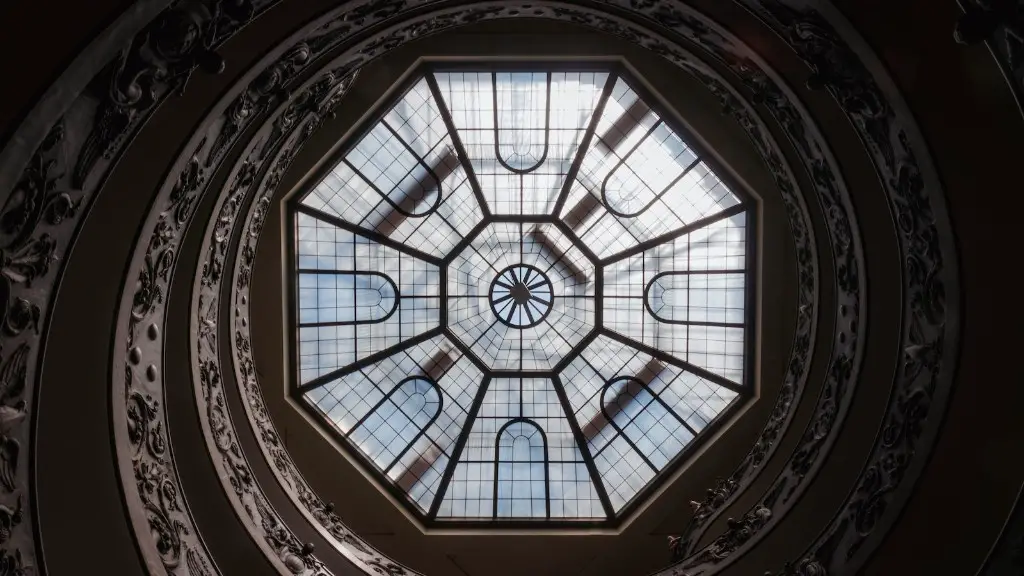Architecture has a long and varied history, stretching back to ancient times and influencing the modern world in ways both big and small. It is also one of the most influential elements of society, affecting our lives by creating the places we live, work, and play. But what exactly is architecture? Is it a science? Is it an art? While these questions can be debated, the answer is that architecture is both a science and an art.
Architecture can be thought of as a scientific process. Architects design structures that must adhere to safety codes, temperature control, and other engineering criteria, relying on mathematical calculations to ensure structures are sound and adheres to building requirements. Architects also use modern design software to create detailed plans – including construction documents and blueprints – that can be shared with contractors. In essence, architecture is a highly sophisticated engineering profession where precise scientific principles form the basis of designs.
At the same time, architecture is an art where beauty and aesthetics play a pivotal role. Buildings, both ancient and modern, have always sought to provide an aesthetic appeal, from the proportions of the Greek Parthenon to the modernist lines of the Empire State Building. When designing a structure, an architect must consider the use of colors, shape, materials and light to create a unique and pleasing experience.
But what ultimately defines architecture is the interplay of both scientific principles and aesthetic concerns into a single unit. Architects must be able to meld both concepts into a single design experience. This involves synthesizing scientific data, such as structural calculations and CGI renderings, with aesthetic considerations, such as colors and shapes, to create a structure that is both visually beautiful and structurally sound.
The fact that architecture is both a science and an art has created a unique skill set within the field. Designing structures that are both aesthetically pleasing and able to withstand the tests of time requires a thorough understanding of both scientific principles and aesthetic principles. It also requires an understanding of how people interact with a space and how these interactions shape the overall experience of an architectural structure.
Perhaps the most important factor in this interplay of art and science is the ability of an architect to be creative. Great buildings not only adhere to code, but they push the boundaries of design and often redefine our expectations of a given space. This is an example of how art and science come together to create something truly special.
The Role Of Technology In Modern Architecture
In the 21st century, technology has revolutionized the field of architecture. Computers have changed the way architects design and present their plans to clients. Three-dimensional renderings and CAD programs enable architects to create detailed plans that can be instantly presented to clients. This has enabled architects to more easily and accurately create buildings that are both aesthetically pleasing and that meet the required building codes.
In addition, the use of Building Information Modeling (BIM) software has made it easier for architects to build virtually before building in real life. This helps save time and money, as architects can identify and resolve errors prior to construction. Furthermore, the use of materials based on computer simulations has enabled buildings to become even stronger and more efficient, while still staying within an acceptable budget.
The use of technology in architecture is also allowing architects to explore design ideas that were previously unattainable. Computers give architects the freedom to push the boundaries of design further than they ever could before. Designers can design buildings that are more complex, yet still maintain stability, strength, and beauty.
How Architecture Impacts Society
Architecture has a powerful impact on the way people perceive a space. A well-designed structure can create an emotional bond between people and a structure, making the structure an integral part of society. From civic buildings to residential homes, architecture has the power to shape our perception and experience of the places we live, work, and play.
The impact of architecture can also be seen on a larger scale. A great city is often defined by its architectural structures, from its notable buildings to its public parks and gardens. When these elements are combined they create a sense of place that is unique to a given city or region.
Architecture can also be a reflection of a society’s culture. Buildings such as temples and museums can reflect a society’s values, beliefs, and ideas. Furthermore, architecture can reflect the technological innovations of a region, from the industrial revolution to modern day construction methods.
Conclusion
Architecture is both a science and an art. It requires an understanding of both scientific principles and aesthetic principles in order to create truly great designs. Furthermore, technology has revolutionized the field of architecture and enabled designers to explore new design ideas that were previously impossible. Finally, architecture has a powerful impact on society, shaping our perception of the places we live and how we interact with them.



